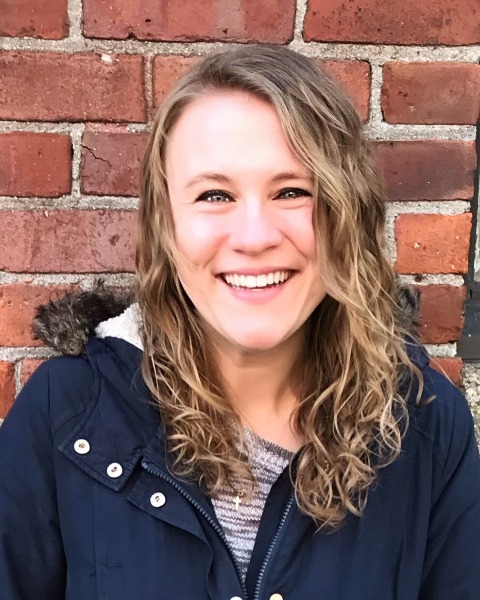Sleep / Wake Disorders
Sleep regularity in adolescents: Associations with actigraphy-based sleep indices and prospective substance use and depression
(PS3-58) Sleep Regularity in Adolescents: Associations with Actigraphy-based Sleep Indices and Prospective Substance Use and Depression

Rachel Walsh, M.A. (she/her/hers)
Graduate Student
Temple University
Philadelphia, Pennsylvania, United States- MM
Mackenzie Maddox, B.S.
Graduate student
Temple University
Philadelphia, Pennsylvania, United States 
Logan T. Smith, M.A.
Graduate Student
Temple University
Philadelphia, Pennsylvania, United States- GM
Georgia Martin, B.A.
research assistant
Temple University
Philadelphia, Pennsylvania, United States - PZ
Phyllis Zee, Ph.D.
Professor
Northwestern University Feinberg School of Medicine
Chicago, Illinois, United States - RN
Robin Nusslock, Ph.D.
Associate Professor
Northwestern University
Evanston, Illinois, United States - LA
Lauren B. Alloy, Ph.D.
Laura H. Carnell Professor
Temple University
Philadelphia, Pennsylvania, United States
Author(s)
Co-Author(s)
Background: Sleep is important for adolescent development. Indeed, sleep difficulties are associated with both physical and mental health problems. Actigraphy provides a unique opportunity to assess sleep in ecologically-valid settings and capture rich information about a multitude of sleep and circadian rhythm parameters, which may offer insight into which features of sleep are most strongly associated with negative health outcomes to ultimately aid prediction and prevention efforts. There is evidence to suggest that the mean values of sleep parameters are less indicative of mental health difficulties compared to metrics capturing fluctuations in sleep. Sleep regularity index (SRI) is a novel sleep parameter operationalized as the probability that an individual will be in the same state (asleep or awake) at the same minute 24 hours apart (100% = perfect concordance). This study sought to examine associations between SRI and other actigraphy-derived sleep and circadian indices and investigate concurrent and prospective associations between SRI and mental health.
Methods: A community-based sample of adolescents (n=247, 59.51% female, 60.32% White, M age=15.62) were recruited from the greater Philadelphia area for longitudinal studies of first-onset depression and bipolar disorder. Participants wore an actiwatch for one week at baseline to measure their rest-activity rhythms and sleep-wake cycles. They also completed self-report measures of substance use (Adolescent Alcohol and Drug Involvement Scale) and depression severity (Beck Depression Inventory-II) at baseline and a six-month follow-up. SRI and nonparametric circadian rhythm indices were calculated from the actigraphy data using the ‘sleepreg’ and ‘nparACT’ packages in R.
Results: After controlling for age, sex, and race, partial correlation coefficients revealed that individuals with higher SRI had significantly more intradaily stability (r=.29, p< .001), more robust relative amplitude (r=.24, p< .001), lower levels of activity during their least active five hours (L5; r=-.20, p< .01), and higher levels of activity during their most active 10 hours (M10; r=.14, p=.03). There were no associations between SRI and interdaily variability (r=.05, p=.48). SRI also was correlated with increased sleep efficiency, longer total sleep time, longer sleep onset latency, more social jetlag, and a later sleep midpoint (all ps< .01). The only sleep metric not associated with SRI was wake after sleep onset (r=.04, p=.52). In regression analyses, SRI was positively associated concurrently with more substance use (B=-.19, SE=.07, p< .01), but not depression severity (B=-.09, SE=.07, p=.20). Less SRI prospectively predicted increases in substance use (B=-.16, SE=.06, p=.01) and increases in depressive symptoms (B=-.22, SE=.06, p< .001) after covarying for baseline substance use or depression, respectively.
Conclusions: SRI was correlated with the majority of the sleep and circadian variables measured in this study, suggesting it may parsimoniously reflect a latent construct. Low SRI was predictive of greater substance use and depressive symptoms, providing preliminary evidence that SRI may be a modifiable risk factor for improving adolescent mental health.

.png)
